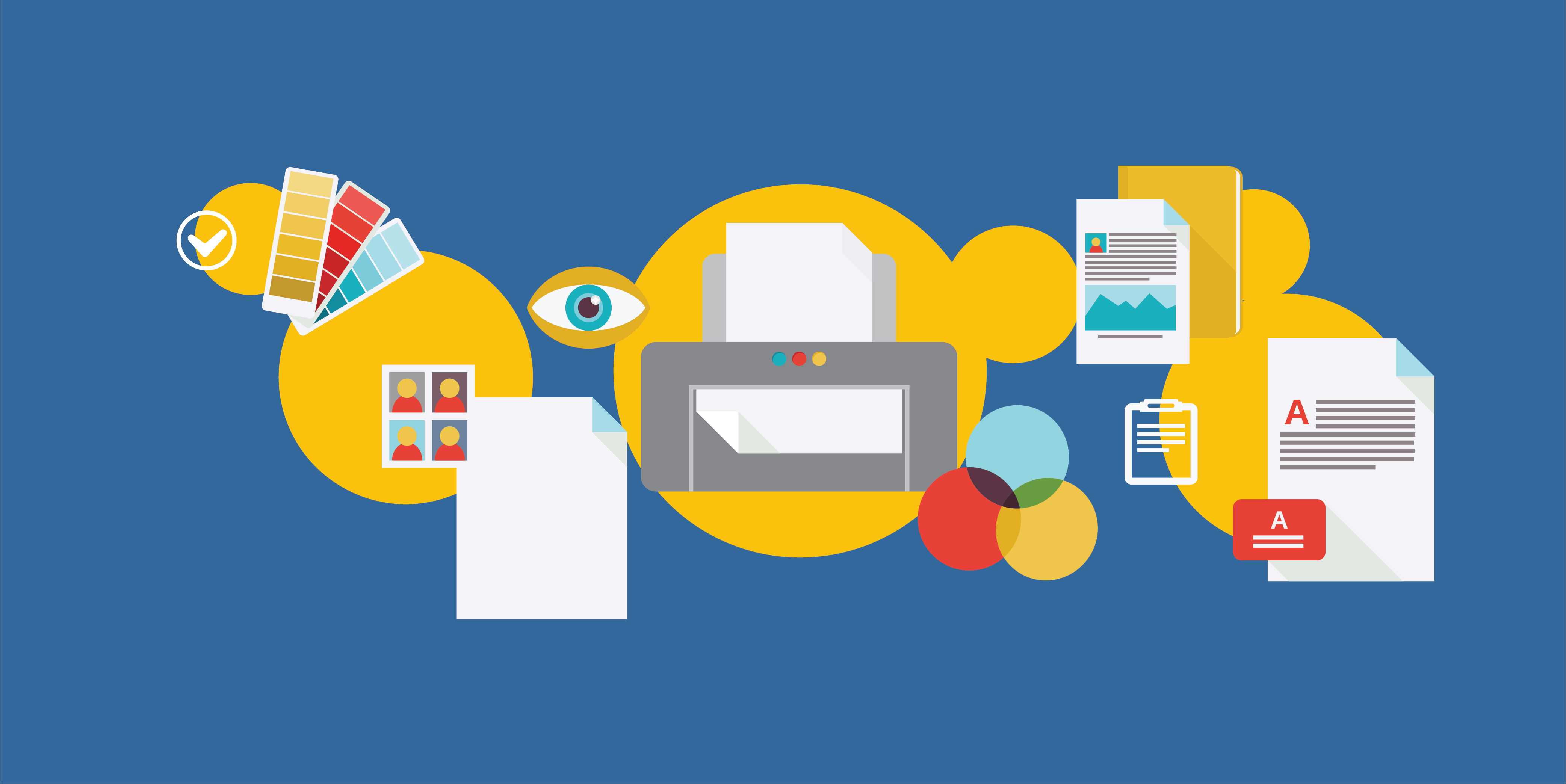Investing in a Print MIS system is a rewarding move. It will streamline and automate your workflow, improve efficiency, increase capacity, minimize waste, reduce turnaround times, and produce powerful business intelligence. Yet, if you’re like most printers, you’re very comfortable buying equipment but a little daunted by choosing major software like a Print MIS.
It’s understandable. A Print MIS system will affect every aspect of your business for many years. Any purchase should be well planned, fully thought out, and backed by a process. Here are eight steps to help make your decision-making process smoother.
- Understand your needs
Like most important decisions, buying a Print MIS starts with analyzing your operation and your processes as thoroughly as possible. Take a close look at the MIS system you’re currently using and assess what works, and what’s frustrating or time consuming. What features do you use more than others? What’s on your wish list?
Then gauge how you can streamline your processes. Perform a workflow analysis to identify all touch points on jobs and track the time it takes to perform each task, from order to shipping, billing, and reporting.
- Identify your objectives
Make a list of areas you want to improve and prioritize the items. Do you need to improve how you handle your volumes and meet delivery targets? Do you need to connect different areas of your company? Think about how generating better and more accurate data will increase job profitability, reduce waste, and eliminate errors. Consider your growth objectives and what you need to do to achieve them.
- Build an evaluation team
Assemble a team that can develop a project plan to keep the decision-process moving.
Assign a project manager who will be actively involved in all decisions. Choose someone who has a good understanding of your business, process improvement skills and a forward-thinking aptitude. Complement this position with several core members, such as a systems administrator who will maintain your system, an operations manager who understands the impact of a new MIS system, and a customer service manager who knows how the new system will improve customer interaction. Further additions to the team can come from IT, the executive ranks, and reps from each department.
- Allot the proper budget
Your budget should include more than the price of the software. As a rule of thumb most companies budget two percent of revenue for software and implementation services. Your budget will vary based on your needs, but it should account for the following costs: software, ongoing support, implementation, infrastructure, training, and business disruption.
- Prioritize and verify essential capabilities
Print MIS systems have many features and functions. Prioritize which features you need right now and which you will need in the future. Divide your choices into three: essential modules you need right now; enhanced capabilities you can implement after your system is up and running; and features you’ll need as your business grows.
Key in this step is doing your research and verifying vendor claims. Meet with vendors, make sure they understand your needs, get demos, and talk to other printers about their experiences.
- Assess software integration needs
Print MIS systems track jobs from orders to shipping and billing. As such, they eliminate manual handoffs between islands of automation in a print shop. The key to this function is integration.
It can be challenging, so clearly assess whether your Print MIS vendor is JDF certified. JDF is the primary integration standard that enables different software systems and equipment to share information. Also, ask vendors about their experience with integrating third-party offerings.
- Evaluate the implementation process
Take time to consider what’s involved in implementing a Print MIS system. Ask your vendor for a preliminary implementation plan before making a final decision and make sure the plan is customized for you. Look at the time required for every step of the process, and keep in mind it can take up to eight months for a full implementation.
- Select the right vendor
Selecting the right vendor is as key as selecting the software. Is the vendor active in the markets you serve and do its products work for your applications? Consider what kind of services it provides and what kind of post-installment support you can expect. Will experts be there if you run into trouble? Investigate whether the vendor has the products and expertise to grow with you over the next decade or so. Examine its record of innovation and of introducing new features. Look at its history and viability over the next decade.
The rewards of a Print MIS far exceed the challenges of choosing and installing one. But some preparation will go a long way to making this a smoother process.
For a deeper dive into purchasing a Print MIS system, download our e-book by clicking here.



